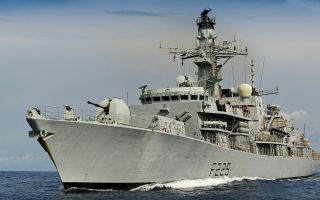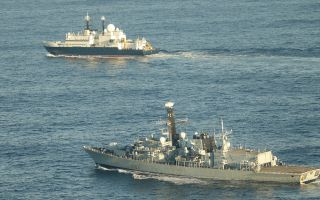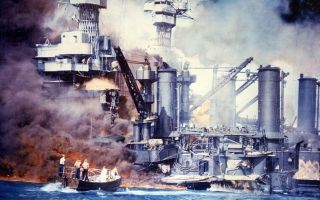UK Carrier Strike Group ends first phase of deployment with combat mission training
The UK Carrier Strike Group, headed by HMS Queen Elizabeth, has completed the first phase of its deployment with a series of simulated strike missions alongside Britain's international partners.
The training included carrying out simulated combat missions, defending against air threats to suppressing enemy air defences and strike attacks.
"CSG23 is off to a great start. Integrated training within the air and maritime environments, and alongside our European allies, has demonstrated the capability and agility of UK Carrier Strike," said Commodore James Blackmore, the commander of the UK Carrier Strike Group.
- What is the Joint Expeditionary Force and what does it do?
- What military equipment has the UK sent Ukraine?
- HMS Queen Elizabeth: All you need to know about the aircraft carrier
Aircraft carrier HMS Queen Elizabeth was joined in the North Sea and Norwegian Sea by Type 45 destroyer HMS Diamond, Royal Fleet Auxiliary tanker RFA Tideforce, Norwegian ships HNoMS Otto Sverdrup and HNoMS Maud, Dutch ships HNLMS De Zeven Provincien and HNLMS Van Amstel, and Belgian frigate BNS Louise Marie.
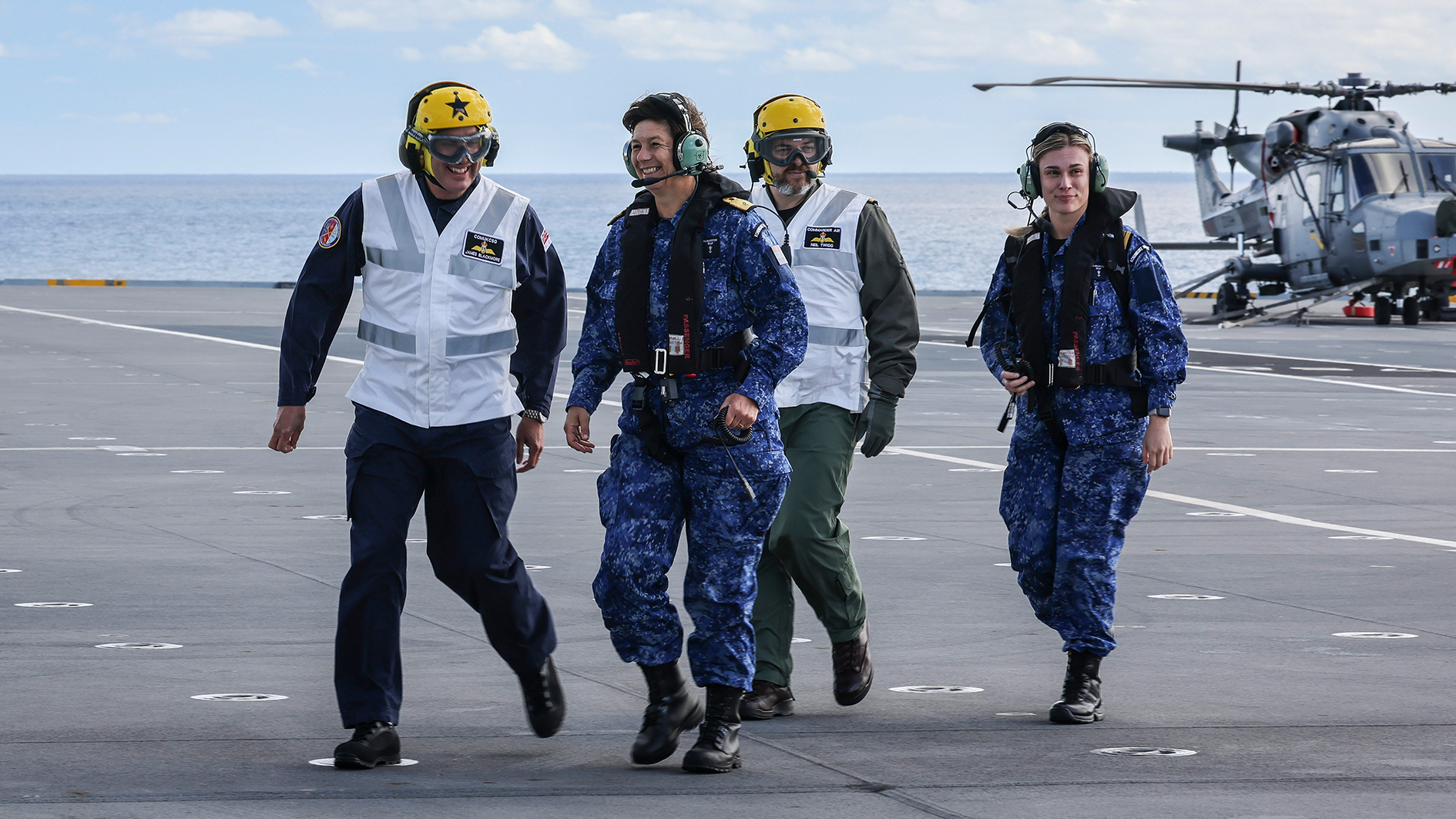
The simulated missions involved HMS Queen Elizabeth's F-35B Lightning fighter jets of 617 Squadron, Merlin helicopters from 820 Naval Air Squadron and Wildcat helicopters from 815 and 847 Naval Air Squadrons.
The training was part of Exercise Cobra Warrior, the Royal Air Force's largest annual exercise, with daily exercises varying from target destruction to the rescue of downed aircrew.
The F-35s on board had three main tasks – finding and destroying surface-to-air threats, clearing the airspace ahead of strike missions and offering protection against hostile fighters.
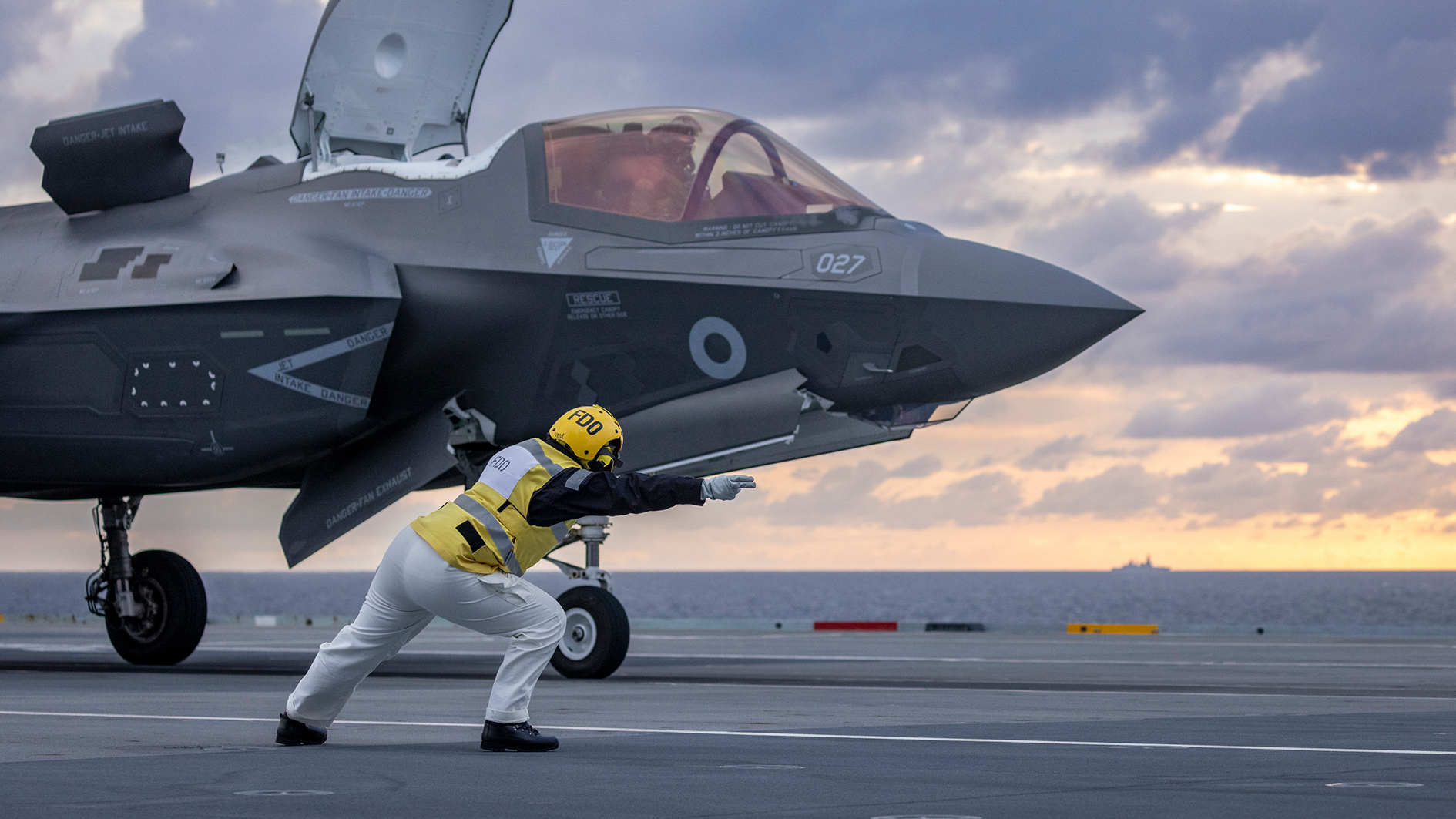
The flagship, along with its helicopters, also demonstrated her ability to provide critical medical support within the Carrier Strike Group.
A 'Role 2 Afloat Team', consisting of 22 members equipped to deal with a wide range of medical emergencies, was supported by Merlin helicopters which can perform casualty evacuations to and from HMS Queen Elizabeth.
The next phase of the carrier deployment – with Type 23 frigate HMS Portland being part of the group – will see UK forces working alongside ships and personnel from Joint Expeditionary Force (JEF) nations.
"We now head further north into the Norwegian Sea and High North to enhance our interoperability through training with JEF partners to demonstrate long-range strike activity using F-35B Lightning aircraft from the carrier with our key allies Norway, Finland and Sweden," said Cdre Blackmore.
JEF is a high-readiness task group committed to regional security that can respond to crises either alongside or independent of Nato.
Alongside the UK, other JEF member nations include Denmark, Estonia, Finland, Latvia, Lithuania, the Netherlands, Norway and Sweden. HMS Queen Elizabeth and JEF nations will show their ability to conduct air operations into Norway, Sweden and Finland.
Other activity during the ship's first few weeks at sea saw a CV-22 Osprey tilt-rotor aircraft operated by the US Air Force undergoing flight deck training on the aircraft carrier.


